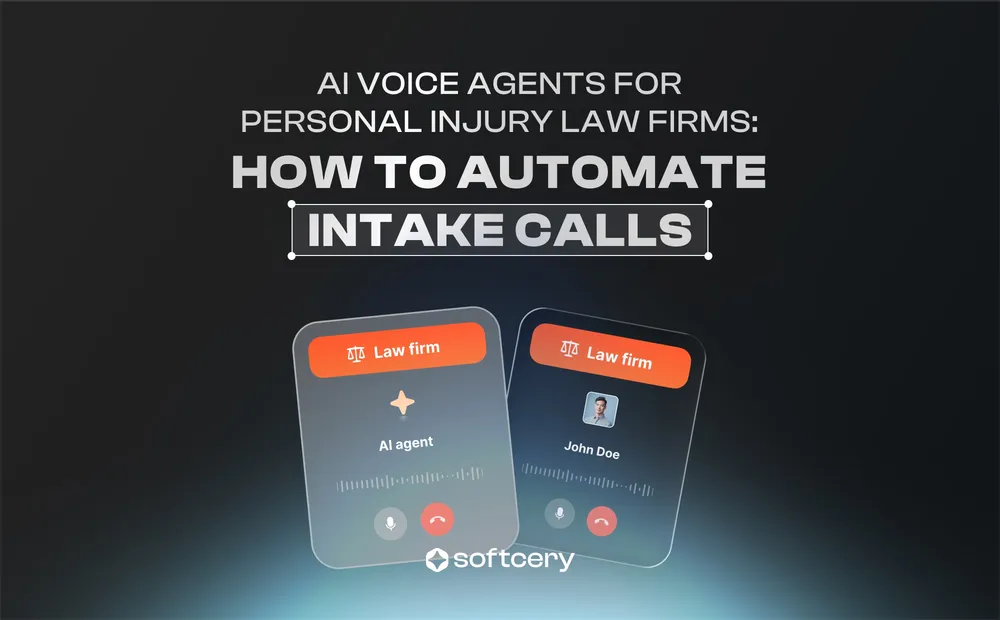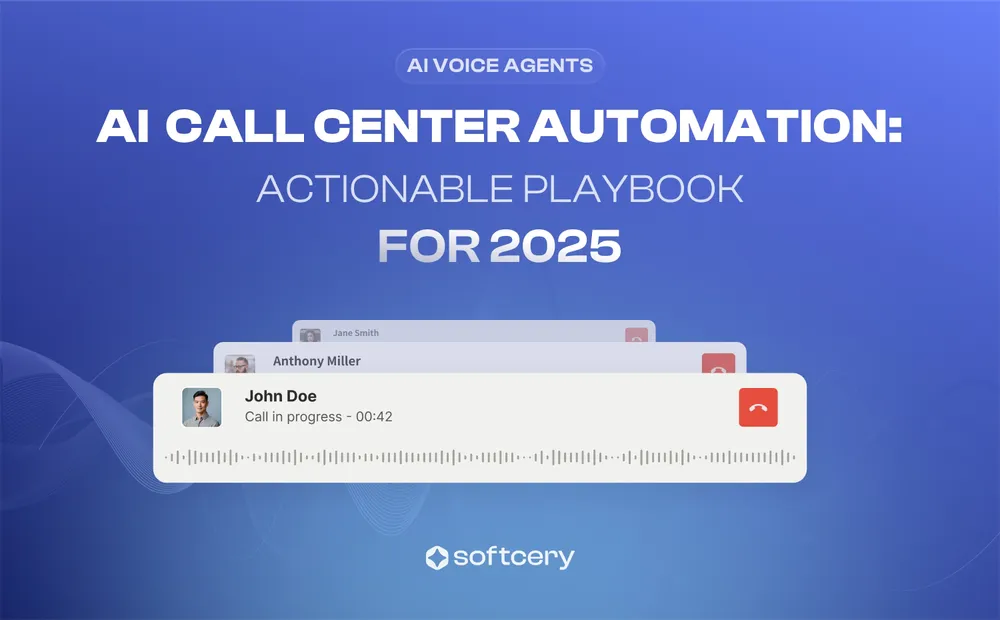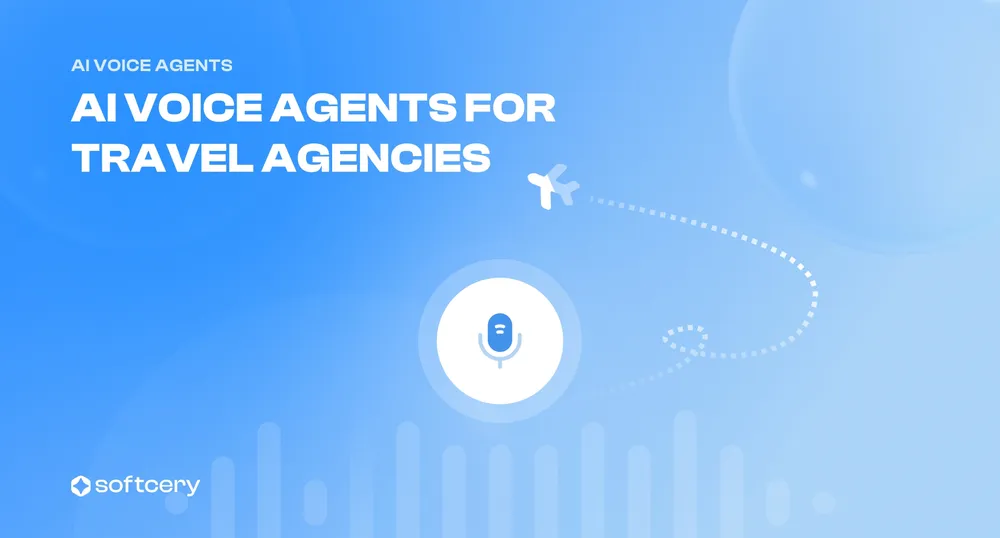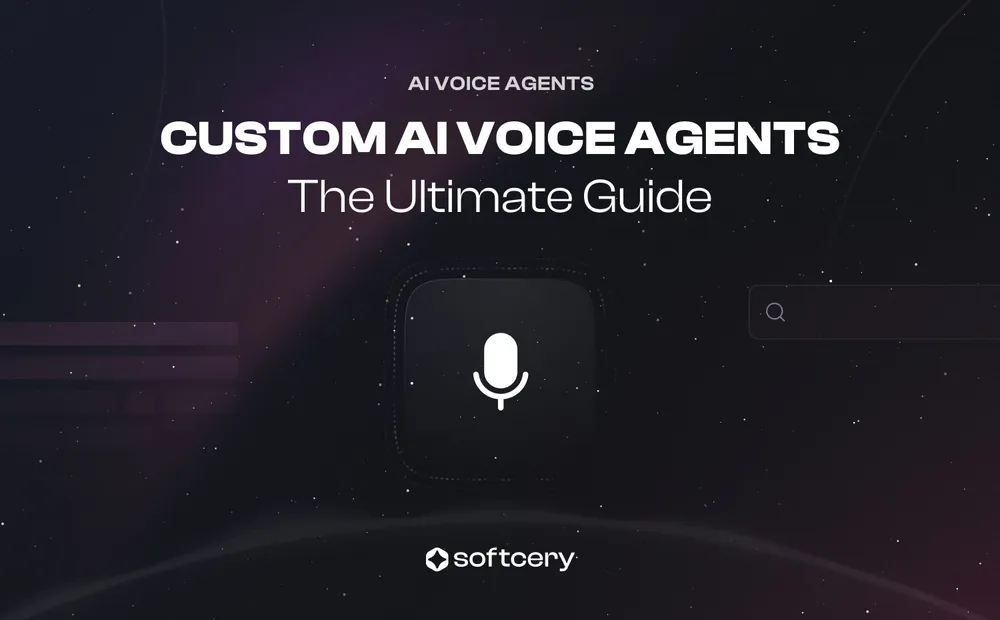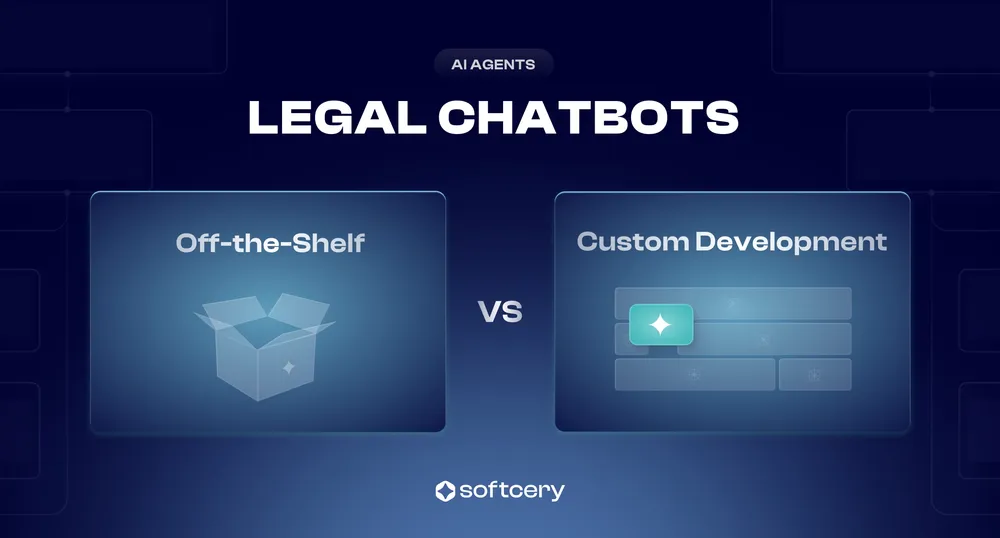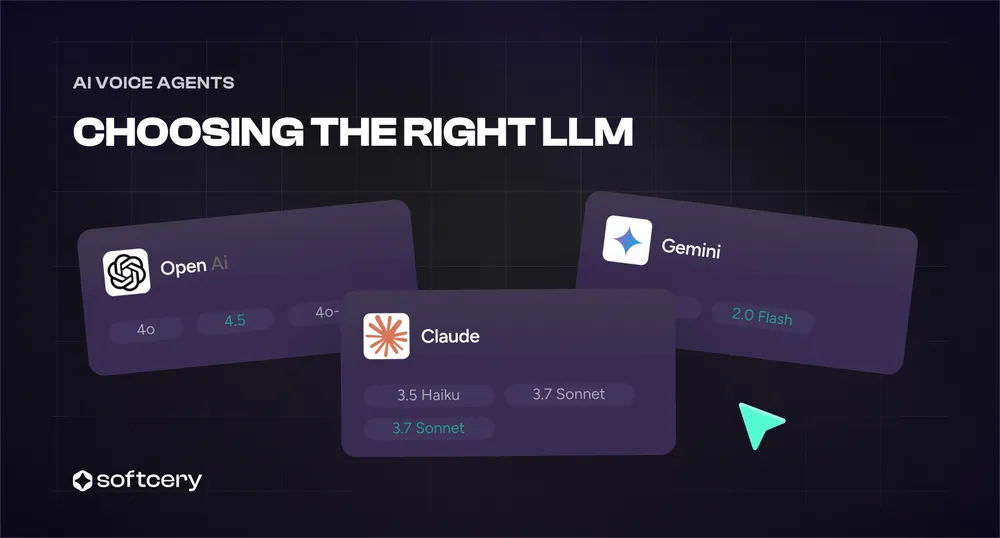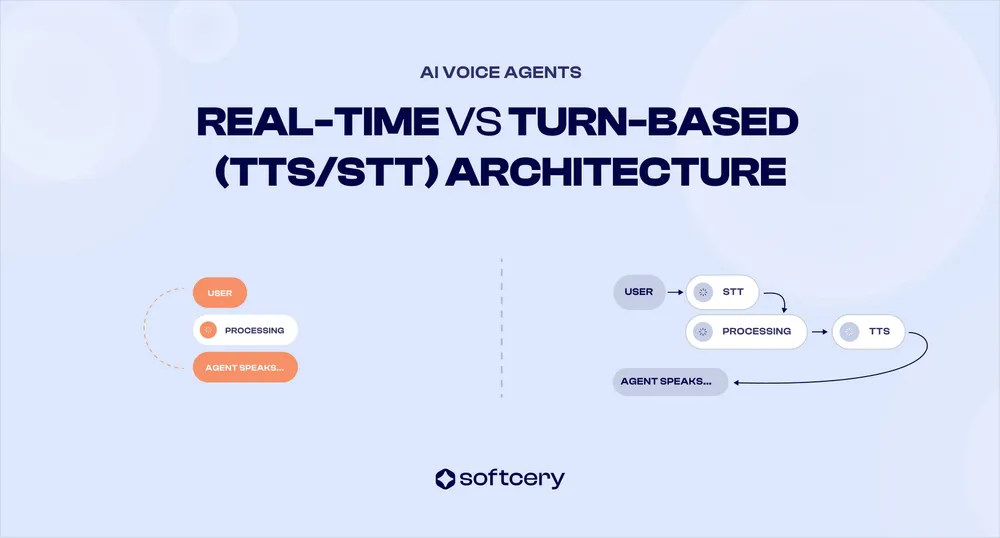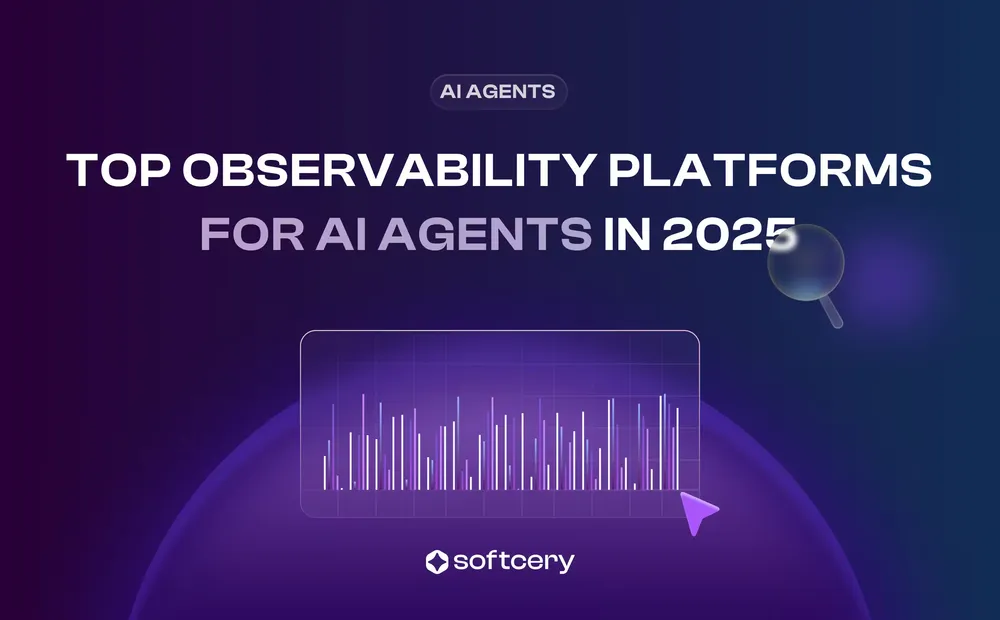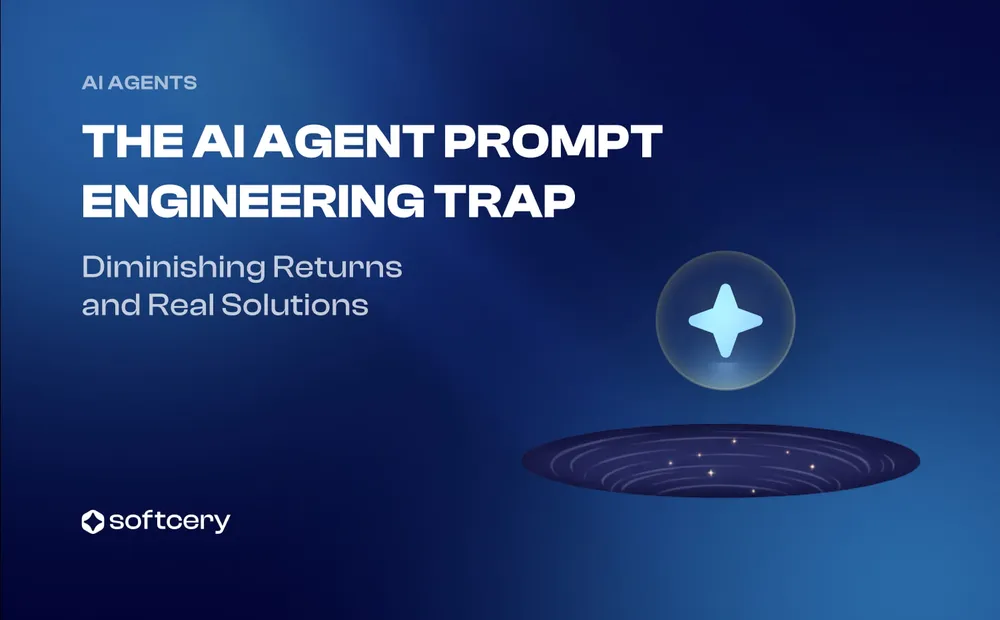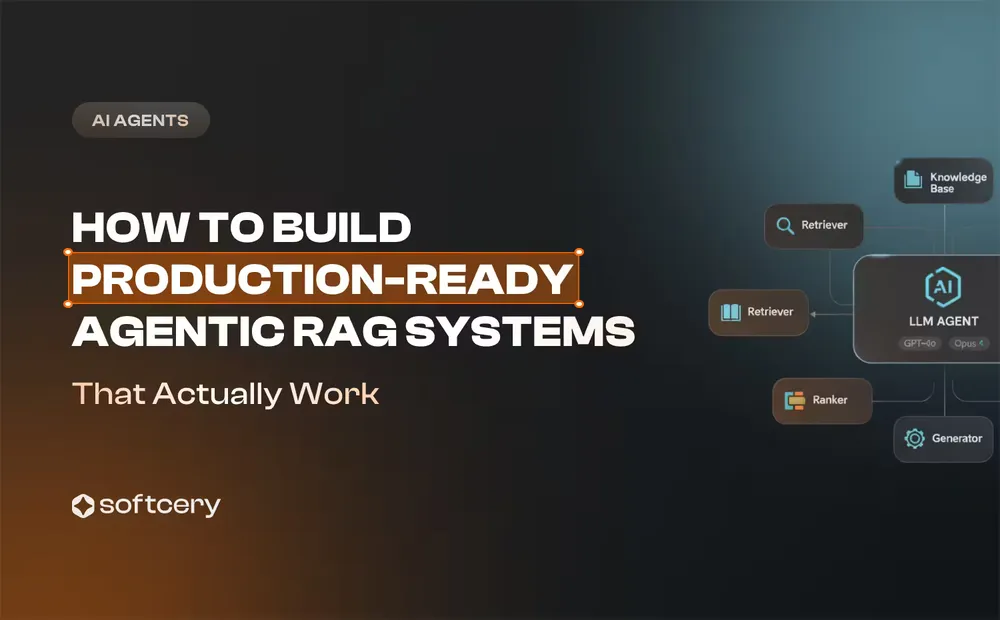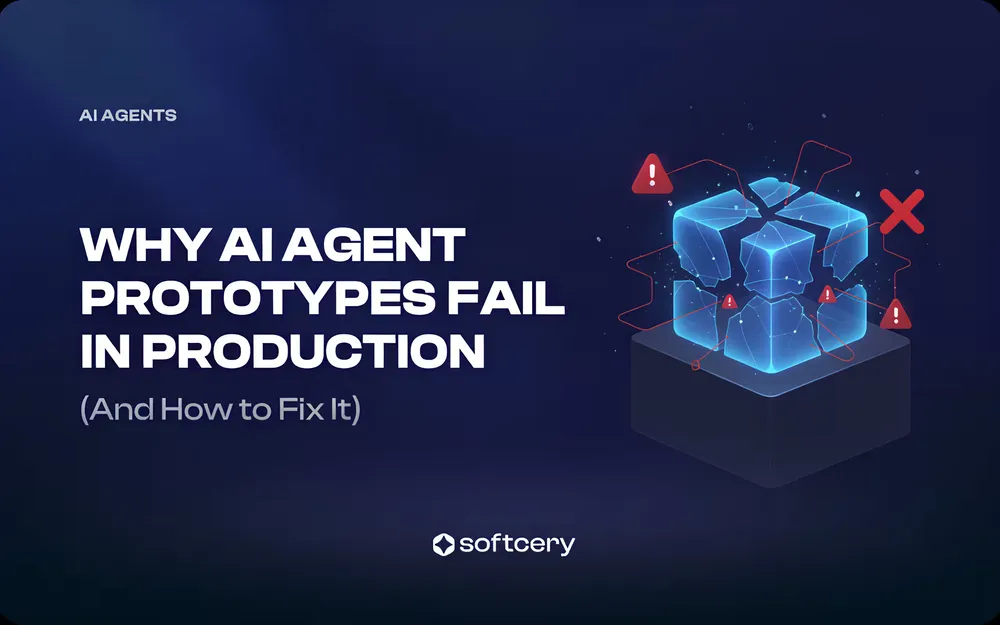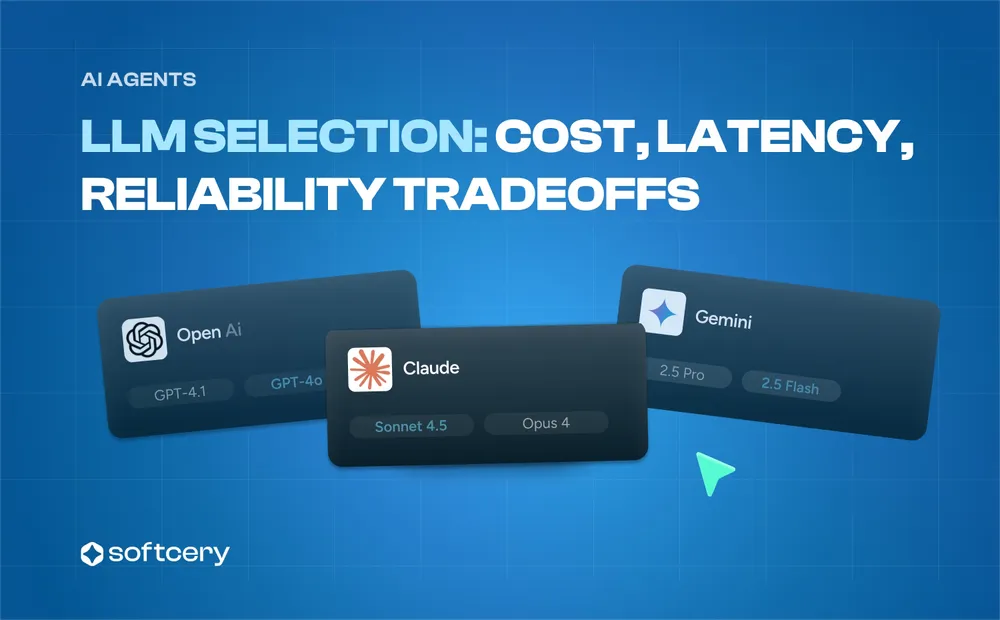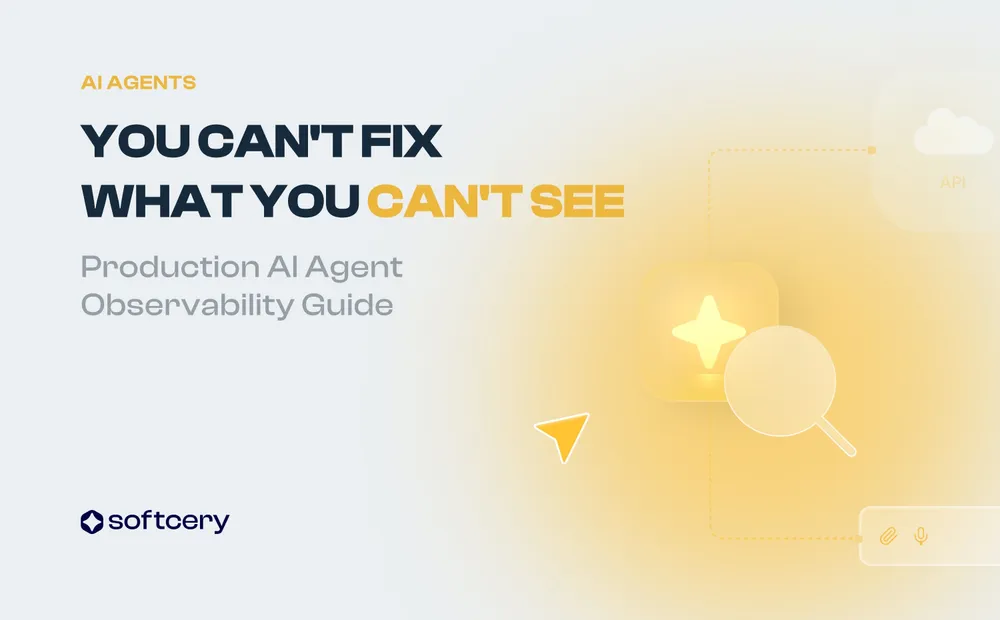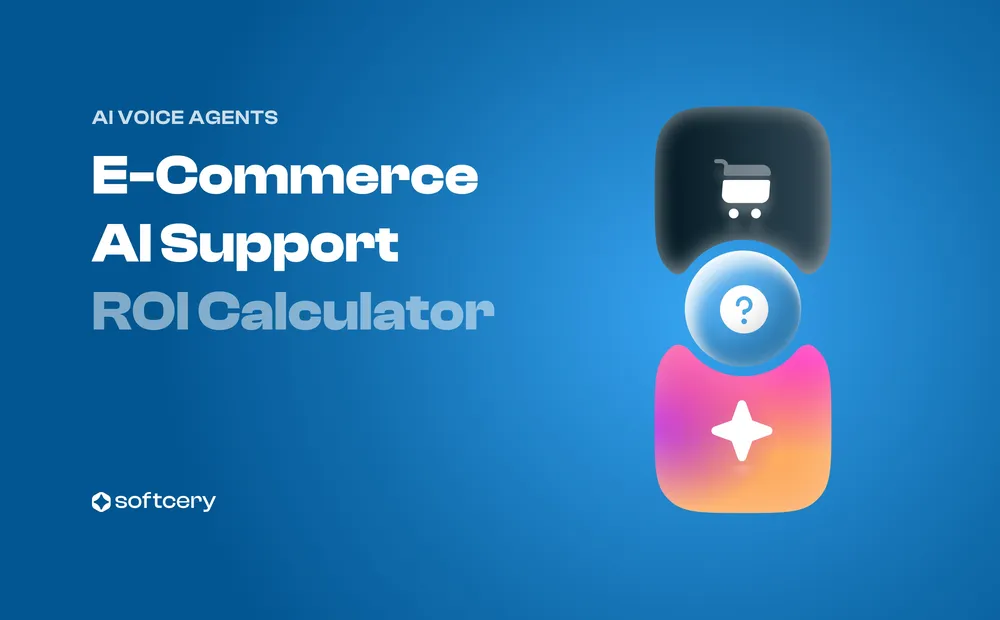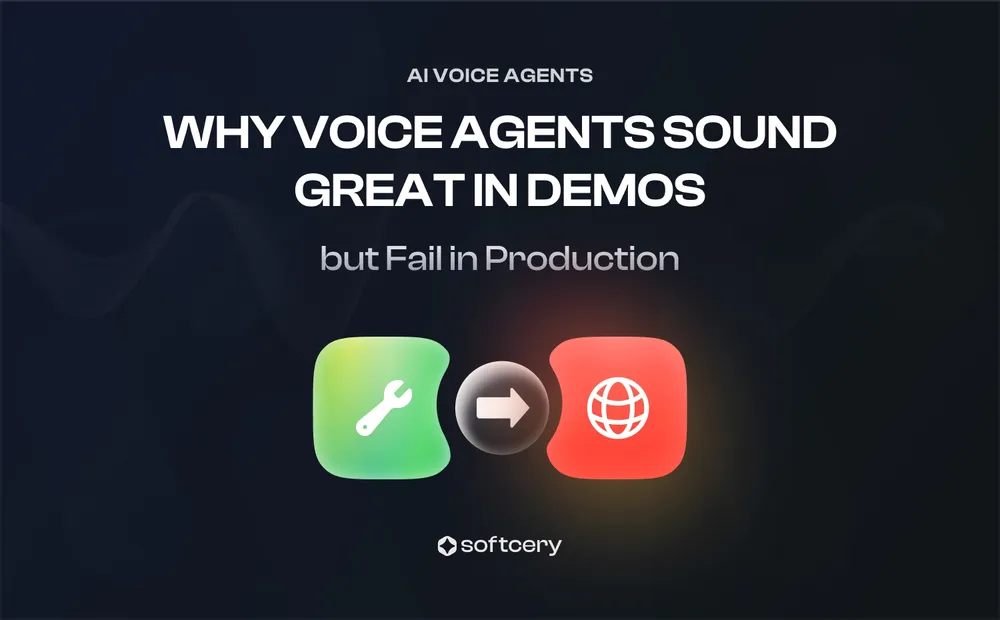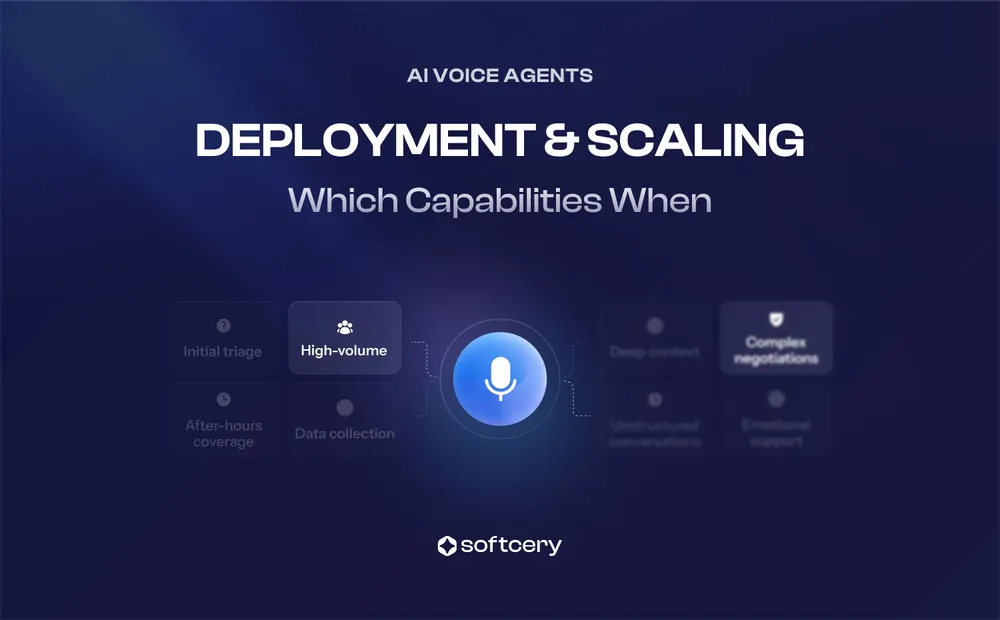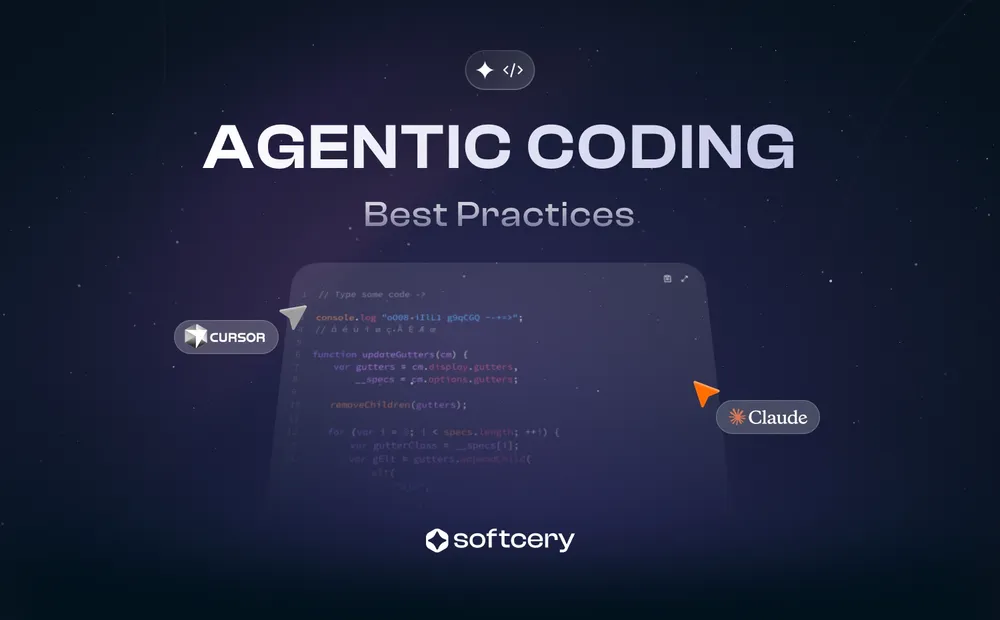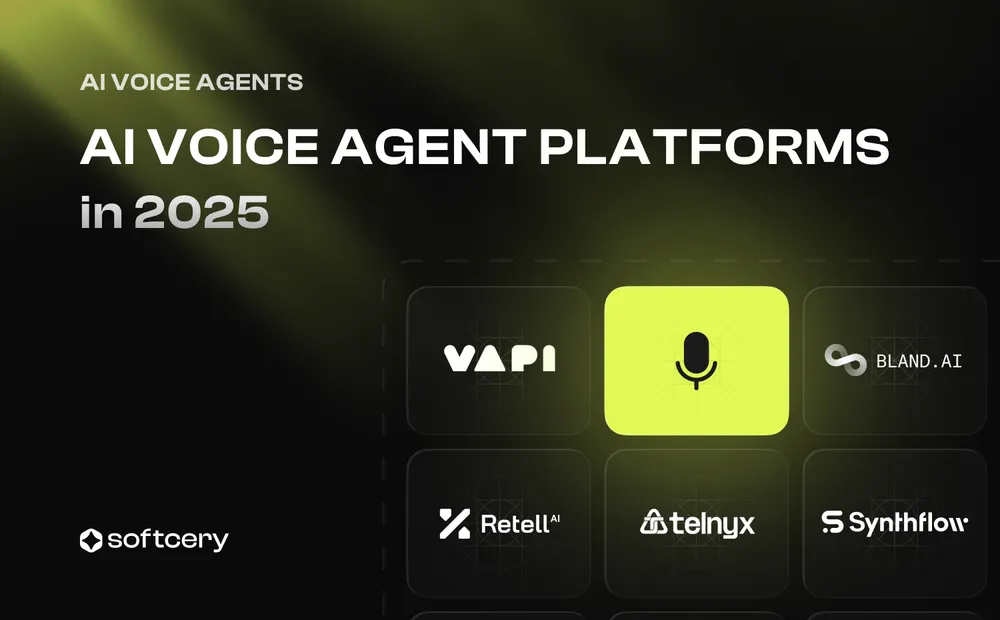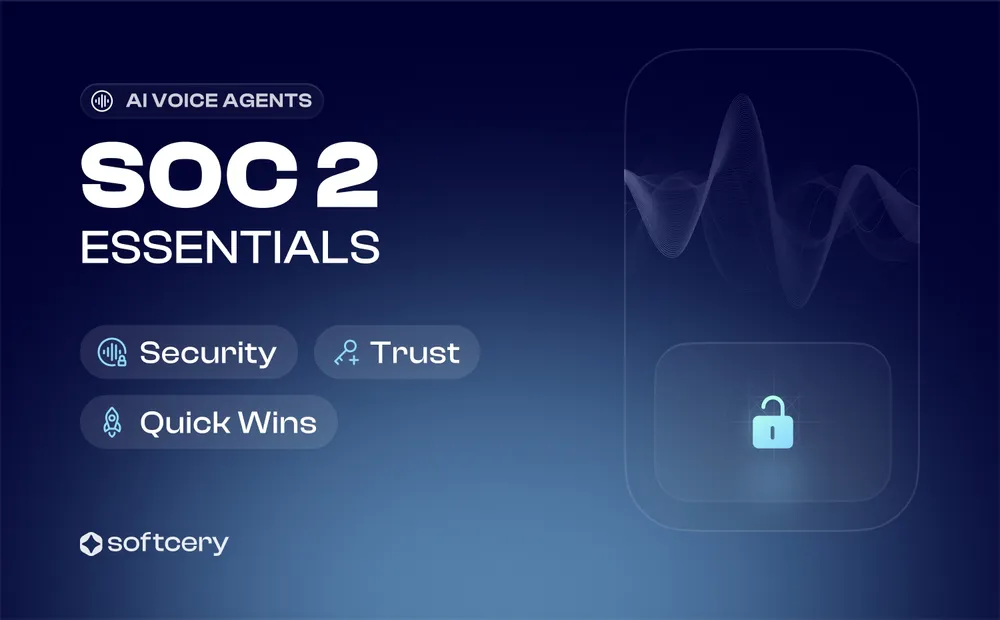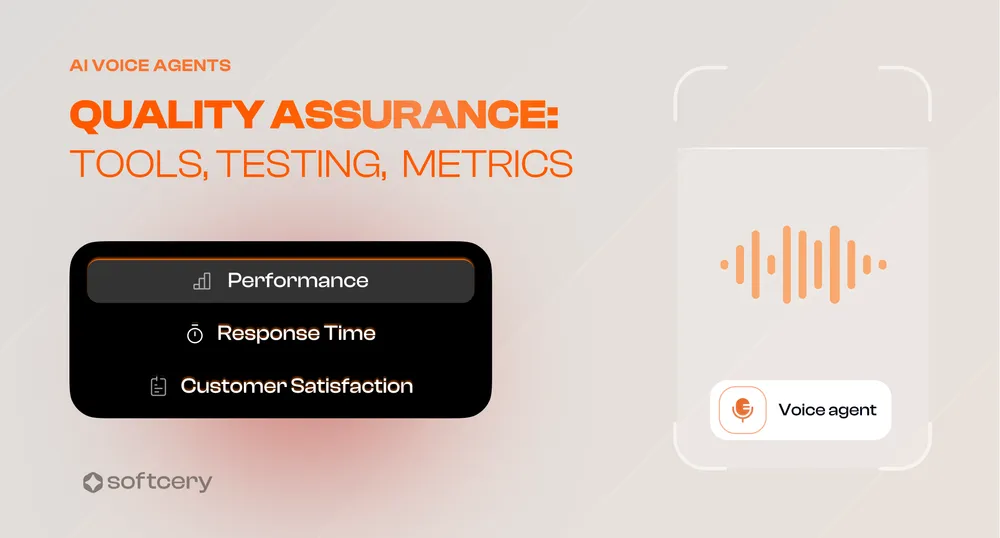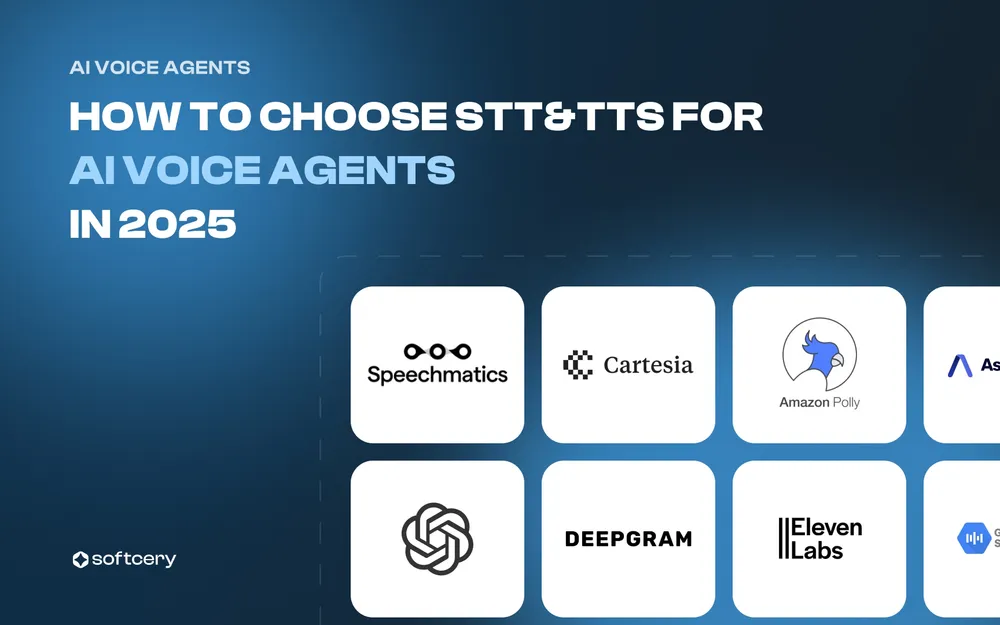E-Commerce AI Support: What Works, What Fails, Real Store Examples
Last updated on October 2, 2025
Traditional call centers employ humans reading from scripts.
- Customer clicks “Track Order”
- Bot asks for order number
- Returns pre-programmed response
They break when customers type naturally or ask anything unexpected.
AI support systems understand natural language and access live business data. When a customer asks about “that wheelchair I ordered last week,” the AI identifies them, finds their recent orders, and provides specific information.
Key technical difference: AI support connects to your ERP, CRM, and inventory systems in real-time. It knows actual order status, not template responses. So AI vs chatbot for online store support isn’t really a competition — they solve different problems with vastly different capabilities.
E-commerce AI Support Example: Vive Health’s AI Support Implementation
To see AI customer support in action, let’s look at Vive Health, a retailer of health and medical supplies. Vive Health deployed Softcery AI support system to help manage their customer service inquiries. This was an upgrade, as previously all queries had to be handled manually by their support team.
Integration with Odoo ERP
Vive Health runs its operations on an Odoo ERP (a software platform that manages orders, inventory, invoices, etc.). Softcery’s AI assistant was integrated directly with Odoo via XML-RPC (a remote procedure call API) to pull in relevant data.
In practice, this means the AI can retrieve real-time information about orders, products, and customers whenever it needs to answer a question. For example, if a customer asks “Has my order shipped yet?”, the AI can query Odoo and find the order’s status and tracking number on the fly, then tell the customer the answer with accurate details. This deep data integration is key – it makes the AI’s responses much more useful and specific than a generic chatbot that only knows what’s in a help article. The AI can check if an item is in stock, see a customer’s order history, or read the notes on a specific order to craft a proper response.
Phased Rollout with Human Oversight
Vive Health took a phased approach to ensure quality and build trust in the system. Initially, the AI was used in “shadow mode” – it would observe incoming support tickets and generate a suggested response, but only as an internal note that staff could see. During this phase, when a customer email came in, support agents would find a draft answer written by the AI attached to the ticket (marked clearly as coming from the AI assistant). The agents reviewed these suggestions for accuracy, tone, and policy compliance. This internal review stage served two purposes: It trained the AI (through feedback and prompt refinements) and gave the human team confidence in the AI’s capabilities. Over several weeks, they found that the AI’s suggested answers were often on-point – pulling correct order info and quoting the right policy sections – with only minor tweaks needed for tone or edge cases.
Once the AI consistently produces good responses in internal testing, Vive Health will move to the next phase – supervised customer-facing replies. The AI account will send answers to common queries while human staff monitor conversations and can step in at any time. This staged rollout – internal notes first, then controlled automation – is intended to validate that AI support automation works in a live environment.
Types of Queries Handled
The AI assistant at Vive Health deals with a wide variety of customer questions, including:
- Order Status and Tracking. Customers often ask things like “Where is my order?” or “When will my item be delivered?” The AI can instantly look up the order by number (sales orders, invoices, and even purchase order references are all recognized) and return the status.
- Product Availability and Details. If someone inquires about a product – say, “Do you have the Medical Alert Bracelet in stock, and what’s the price?” – the AI can check inventory levels and product info. In testing, Vive’s AI identified product codes and product names in customer messages and returned detailed answers.
- Returns, Refunds, and Policy Questions. Customers often ask things like “What’s your return policy on mobility scooters?” or “How do I initiate a refund?” The AI has Vive Health’s static policies (like return windows, warranty info, shipping rules) loaded into its knowledge base, so it can answer consistently.
- Damaged or Missing Items. In e-commerce, sometimes customers receive a shipment and something’s wrong – a part is broken, or an item is missing. Vive Health’s AI handles these scenarios: it asks for a photo, analyzes the image to confirm visible damage, pulls the order, and offers a replacement, refund, or spare-part option.
- Order Errors and Resolutions. In another live example, a clinic received the wrong configuration. Today the AI only provides a basic reply and passes the case to a human. These cases usually need actions – create a return, reship, or refund – which the agent cannot perform yet.
Behind the Scenes: How the AI Support Agent Works
We’ll use Softcery’s solution as a reference, as implemented for Vive Health and similar stores.
AI Brain – LLM (Large Language Model)
At the core of the system is a large language model. In our case, this is Anthropic Claude (Sonnet 3.7), which is a state-of-the-art AI model known for its conversational abilities. This “brain” is what generates the actual text of the responses. Read our guide: how to choose LLM.
Knowledge Base and Prompting
To make the AI useful for a particular store, you need to feed it the store’s knowledge base and guidelines. This is done through a carefully designed system prompt (a set of instructions and data given to the AI each time it forms a response). Think of it as giving the AI a cheat-sheet of everything it should know about the company and how to talk to customers.
For deeper guidance on prompt engineering, see:
Data Access – API Integrations
As mentioned earlier, the AI is wired into live systems (like Odoo ERP). Technically, this is achieved via an API – in Vive’s case, the XML-RPC API of Odoo was used.
When a customer query comes in, the AI can trigger certain functions to fetch data. The AI model can be configured with what’s called function calling or tool use – essentially, the AI “knows” it has these tools at its disposal and will ask the tool for info when needed.
The retrieved data is then inserted into the AI’s context so it can form a sentence with it. This mechanism is crucial.
Softcery’s system can call multiple such functions: check order, check invoice, lookup product stock, even create a ticket or update a record if needed.
Continuous Learning and Monitoring
Once live, the AI support doesn’t just run in isolation. Softcery set up monitoring – both automated (logging every AI response and outcome) and manual (the support leads would regularly review random AI-handled tickets).
Feedback from customers also feeds into adjustments. If customers are asking something the AI didn’t anticipate, that’s a sign to update the knowledge base.
Because the AI can “learn” from new data rather than code, updating it is relatively quick – often just adding a new Q&A example to the prompt or enabling a new API call.
How the System Improves in Practice
- Real tickets
- AI answers
- Human review
- Refine
- Back to real tickets
Behind the scenes, this loop works like coaching a new support hire – except the “hire” here learns faster and applies feedback immediately on the next tickets.
Technology Stack
In summary, the components include:
- LLM: Claude Sonnet 3.7 or GPT-4 for response generation
- Backend: Python FastAPI handling logic and integrations
- ERP Integration: XML-RPC or REST APIs for order/inventory data
- Knowledge Base: Company policies embedded in prompts
- Speech Processing: Separate STT/TTS services with fallback providers
Critical requirement: Multiple backup services. A recent 6-hour TTS provider outage taught us that 99.9% uptime per component drops to 99.7% system reliability. Every production deployment needs fallback options.
Capabilities Breakdown of AI Support Systems
Based on the Vive Health implementation with Odoo ERP integration:
What the AI Successfully Handles
- Order Information Retrieval — The system pulls real-time data from Odoo ERP via XML-RPC. When customers reference order numbers (SO-123456, INV/2023/001), the AI retrieves order status, shipping information, and product details directly from the database.
- Product Inquiries — The AI identifies product codes like WRN1025 (Medical Alert Bracelet) and retrieves specifications, pricing (MAP: $24.99, MSRP: $32.49), and availability status from the integrated systems.
- Returns and Policy Questions — Static policies are embedded in the AI’s knowledge base - return windows, warranty information, shipping rules. The system can determine if items fall within the 30-day return window based on delivery dates.
- Order Discrepancies — The implementation handles cases like incorrect shipments. Example from the test case: customer received 7 small carbon fiber insoles instead of 5 small and 2 XS - the AI identified the fulfillment error and initiated correction procedures.
Where the System Shows Limitations
Based on documented examples:
- The “Have a great day!” response after damaged equipment claim showed emotional tone mismatches
- Complex multi-item issues requiring understanding of product dependencies
- Situations requiring policy exceptions or flexibility
Customer Experience: Do AI Support Agents Really Work?
Evidence from Vive Health Implementation
Response Capabilities Observed:
- Successfully retrieves order information when given identifiers
- Provides accurate product details from database lookups
- Quotes relevant policies consistently
- Generates return procedures and shipping information
Actual Test Case Results:
The system correctly handled a multi-identifier query - processing order and product in a single interaction. It pulled accurate order details, invoice status (fully paid), and current product availability.
Phased Deployment Experience:
During shadow mode, support agents found AI suggestions “often on-point – pulling correct order info and quoting the right policy sections – with only minor tweaks needed for tone or edge cases.” This internal testing phase built team confidence before customer-facing deployment.
Integration Reality:
The XML-RPC connection to Odoo enables real-time responses rather than static templates. When customers ask about specific orders, the AI queries live data, providing current status rather than generic responses.
Observed Patterns
What Works:
✓ Direct database lookups (order status, inventory levels)
✓ Policy quotation from knowledge base
✓ Structured problem identification (wrong items shipped)
✓ Generation of correction procedures
Human Oversight Remains Critical: The phased approach — from internal notes to supervised responses — reveals that even well-functioning AI requires human review for edge cases and tone adjustments. The system works as augmentation rather than replacement.
**The Practical Assessment:**Based on the Vive Health deployment, AI support successfully handles routine, data-driven queries. The system retrieves accurate information and follows defined procedures. However, the documented need for human oversight, tone adjustments, and the noted emotional intelligence failures indicate current limitations in handling full spectrum customer service.
The implementation succeeds because it acknowledges these boundaries — starting with specific query types, maintaining human oversight, and gradually expanding scope based on observed performance rather than assumed capabilities.
Other E-commerce AI Support Examples
Vive Health’s case is one example, but there are many e-commerce automated customer service examples – across fashion, electronics, healthcare, and more.
Global Fashion Retailer (H&M)
As briefly mentioned, H&M implemented an AI-powered chat assistant on their website and mobile app to cope with high support volumes. This virtual agent handles common questions like order tracking, return status, and sizing advice for garments.
According to a case study, about 80% of customer queries were resolved by the AI with no human involvement, and the average response time dropped from a few minutes to just seconds. H&M also reported an estimated 30% reduction in support operating costs** after introducing the AI.
Specialty Fashion E-Retail (Nordstrom & ASOS)
High-end fashion and fast-fashion brands have both embraced chatbots. Nordstrom uses an AI chatbot on its site to assist with style recommendations and basic inquiries. ASOS deployed a chatbot named Enki that helps with customer service questions as well as outfit suggestions.
Healthcare and Pharmacy E-Commerce
In the healthcare retail sector (pharmacies, medical device sellers, supplement retailers), AI support finds a strong foothold as well. Customers here often ask detailed questions about products (usage, compatibility, side effects) or need help with orders that might have insurance or prescription components. One public example is an Australian health insurer NIB, which implemented AI assistants.
Conclusion: AI Support Reality Check
AI support handles specific tasks well and fails predictably at others. It’s not revolutionary or disastrous - it’s a tool with clear boundaries.
What Works Successful implementations share patterns. Vive Health processes thousands of routine queries: order status, tracking numbers, return policies. 78% of simple questions handled automatically. Humans freed for complex issues. The economics work when volume exceeds capacity and most queries are straightforward.
What Fails Complex situations break AI consistently. Elderly customer with accent calling about safety issue after personal loss - multiple failure types compound. Not edge cases to be solved with better training. Fundamental limitations of current technology.
Production Reality Companies aren’t replacing human support. They’re filtering it. AI handles after-hours, overflow, routine inquiries. Humans handle judgment, empathy, flexibility. Vive Health’s phased approach - shadow mode, supervised responses, then automation - represents best practice because it’s realistic, not cautious.
Making the Decision
Ask three questions:
- Are 60%+ of your queries truly routine? Below that, AI creates more problems than solutions.
- Can you afford failure for vulnerable customers? Elderly, non-native speakers, emotional distress cases will struggle.
- Do you have resources for ongoing maintenance? This isn’t deploy-and-forget technology.
Bottom Line
AI support works as augmentation, not replacement. Judge it by its failures, not successes. Failures aren’t bugs - they’re inherent limitations of technology attempting human skills.
The technology is production-ready for limited, well-defined use cases. Not ready as primary support channel where customer experience matters more than efficiency metrics.
Whether AI support works depends entirely on your specific situation. For most businesses, it works partially. Whether partial is enough depends on what you’re trying to achieve and what you’re willing to sacrifice.
About Softcery
_We’re the AI engineering team that founders call when other teams say “it’s impossible” or “it’ll take 6+ months.” We specialize in building advanced AI systems that actually work in production, handle real customer complexity, and scale with your business. We work with B2B SaaS founders in marketing automation, legal tech, and e-commerce—solving the gap between prototypes that work in demos and systems that work at scale. Get in touch.
Discover the critical flaws in your AI system before customers do. Your custom launch plan identifies what will break in production, which shortcuts will backfire, and exactly what needs fixing.
Get Your AI Launch Plan